Informed by Māori traditions and inspired by the symbolism of the Harakeke plant, Arnya Karaitiana’s new collection for Milliken weaves together heritage, well-being, and modern craftsmanship.
January 20th, 2025
For New Zealand designer Arnya Karaitiana, the Pā Harakeke (flax family) plant represents more than just a design motif; it serves as a powerful symbol of Whānau (family) and connection. This perspective is deeply rooted in her Māori heritage – and has provided the inspiration for the latest collection of floor coverings for Milliken, titled – Pā Harakeke.

The collection’s development originated from the winning entry in the “To the Floor” 2023 competition, held by Milliken in collaboration with The Designers Institute of New Zealand (DINZ) and themed around well-being. Following this achievement, Karaitiana, in partnership with Milliken, expanded it into a series comprising seven graphical designs. These designs delve into themes of heritage and the interconnections between individuals and their environment, as well as the designer’s personal journey of rediscovery, self-reflection, and creative exploration.
“When I created the competition concept, I had just returned from maternity leave – it was a special time of self-reflection as I had been exploring my Māori heritage,” explains Karaitiana. The brief – What is well-being to you? – was easy for me to answer. This collection brings to life the lines we live by and the lines we communicate through and the lines that connect us. It’s a really simple articulation yet is also very layered.”
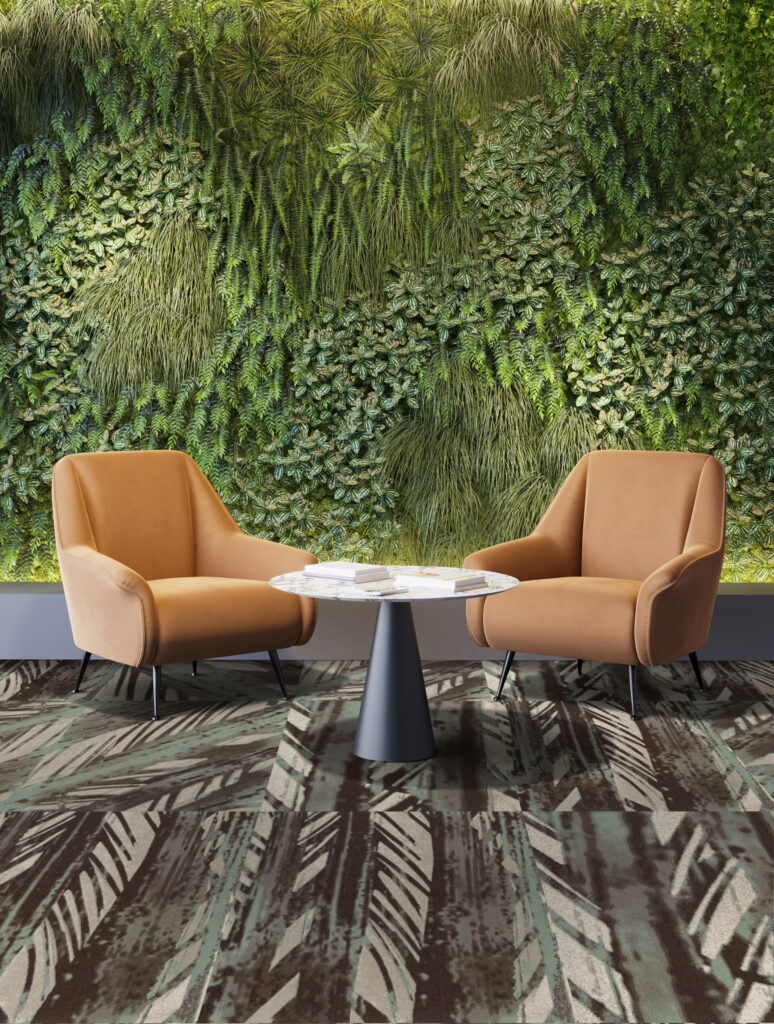
Inspired by the Harakeke plant – a symbol in Māori culture for family, with older leaves protecting the younger inner leaves – Karaitiana embarked on a creative process that intertwined culture, storytelling, and design. Her exploration was guided by Te Whare Tapa Whā, a model developed by health advocate Sir Mason Durie that describes well-being as a balance between spiritual, emotional, physical, and social health. “The family element stood out for me, and the Harakeke plant is a beautiful visual metaphor for this,” she explains.


Transforming this vision into tangible designs, Arnya wielded brushes crafted from the muka (fibres) of the Harakeke plant. “Each brush had its own unique handwriting, echoing personal identities and ancestral lineage,” she says. These dynamic strokes formed the basis of patterns that are both deeply personal and universally resonant.
The Milliken team immediately saw the potential of Karaitiana’s creative concept, finding a synergy between the designer’s dynamic brushstrokes and the brand’s use of texture and layering of patterns. The connection with the natural world was another point of connection. “It isn’t a typical design,” says James Mfula, Creative Director at Milliken. “The use of the plant fibre brushes is an antidote to mass production that gives the patterns a unique look. Importantly, the collection reflects her story and the Māori culture, but it also can resonate with every culture. We all believe in that balance of family and connection within the community.”
The collaboration with Milliken was integral to bringing Karaitiana’s vision to life. Over eight months, she worked closely with the Milliken team, refining the patterns and exploring the nuances of texture, layering, and colour. The process was one of mutual learning and understanding. During this process, the Milliken team visited Karaitiana in New Zealand to immerse themselves in Māori culture, travelling to the town of Rotorua. The area’s geothermal landscape inspired the rich palette of reds, ochres, yellows, and blush pinks, alongside the green of the Harakeke plant.
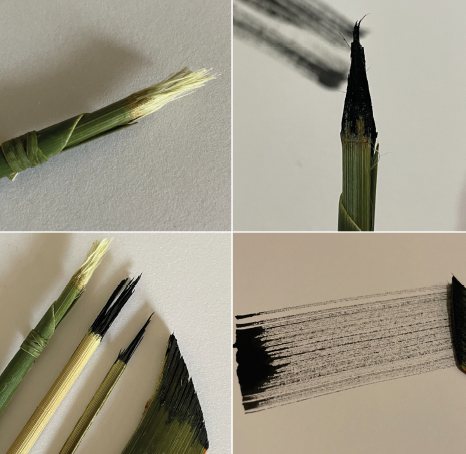



“Collaborating with Arnya was an exceptional educational experience,” states Mfula. “As a reputable company, Milliken seeks to learn and be challenged while advancing design boundaries. This approach enables us to explore innovative design thinking and create unique products.”
Each design is inspired by various aspects of the Harakeke plant, creating a narrative journey highlighting the plants’ cultural significance, from its anatomical features to its symbolic characteristics. The featured design is the bold Harakeke – Flax design that features a dynamic motif that evokes the intricate fibres of the leaves. The large-scale design forms the cornerstone of the collection and is complemented by more subtle patterns, such as Te Kākano – the Seed, Pakiaka – the Root, Muka – the Fibre, and Te Rau – the Leaf.



Two additional designs, Tuia – to Stitch and Raranga – to Weave, pay homage to the way the plant is used in Māori culture to create woven textiles. These designs capture the artisanal essence of these crafts, masterfully echoing the play of light and shadow across woven fabric to transform interior spaces into dynamic celebrations of heritage and craftsmanship.
The resulting Pā Harakeke Collection is as balanced as the concept behind it, with a mix of statement and more subtle patterns that can be utilised in any space. Karaitiana, however, is particularly excited to see the collection specified in education spaces, bringing the Te Ao Māori story to new generations.


“Knowing your identity is knowing your whānau (family), your whakapapa (heritage) while maintaining the connections between body, mind, and spirit,” says Karaitiana. “The idea of exploring this concept through the floor as a canvas is very interesting to me. It’s a space I would love to keep exploring as I feel like there is an opportunity to communicate and even educate within flooring.”
INDESIGN is on instagram
Follow @indesignlive
A searchable and comprehensive guide for specifying leading products and their suppliers
Keep up to date with the latest and greatest from our industry BFF's!
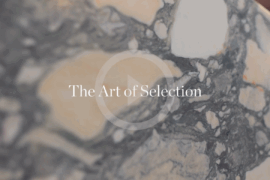
CDK Stone’s Natasha Stengos takes us through its Alexandria Selection Centre, where stone choice becomes a sensory experience – from curated spaces, crafted details and a colour-organised selection floor.
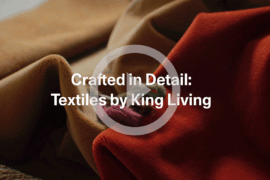
For a closer look behind the creative process, watch this video interview with Sebastian Nash, where he explores the making of King Living’s textile range – from fibre choices to design intent.

At the Munarra Centre for Regional Excellence on Yorta Yorta Country in Victoria, ARM Architecture and Milliken use PrintWorks™ technology to translate First Nations narratives into a layered, community-led floorscape.

In an industry where design intent is often diluted by value management and procurement pressures, Klaro Industrial Design positions manufacturing as a creative ally – allowing commercial interior designers to deliver unique pieces aligned to the project’s original vision.

Milliken’s ‘Reconciliation Through Design’ initiative is amplifying the voices of Aboriginal and Torres Strait Islander artists, showcasing how cultural collaboration can reshape the design narrative in commercial interiors.

At the Munarra Centre for Regional Excellence on Yorta Yorta Country in Victoria, ARM Architecture and Milliken use PrintWorks™ technology to translate First Nations narratives into a layered, community-led floorscape.
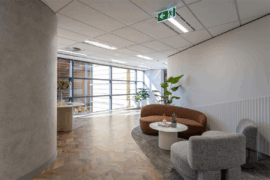
A thoughtful, low-waste redesign by PMG Group in collaboration with Goodman has transformed a dated office into a calm, contemporary workspace featuring a coastal-inspired palette and Milliken flooring for a refined finish.
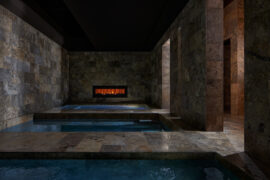
Hogg & Lamb’s Albion Bathhouse has been awarded The Health & Wellbeing Space at the INDE.Awards 2025. The project reimagines the contemporary bathhouse as an immersive architectural journey – one that restores balance through atmosphere, materiality and mindful design.
The internet never sleeps! Here's the stuff you might have missed
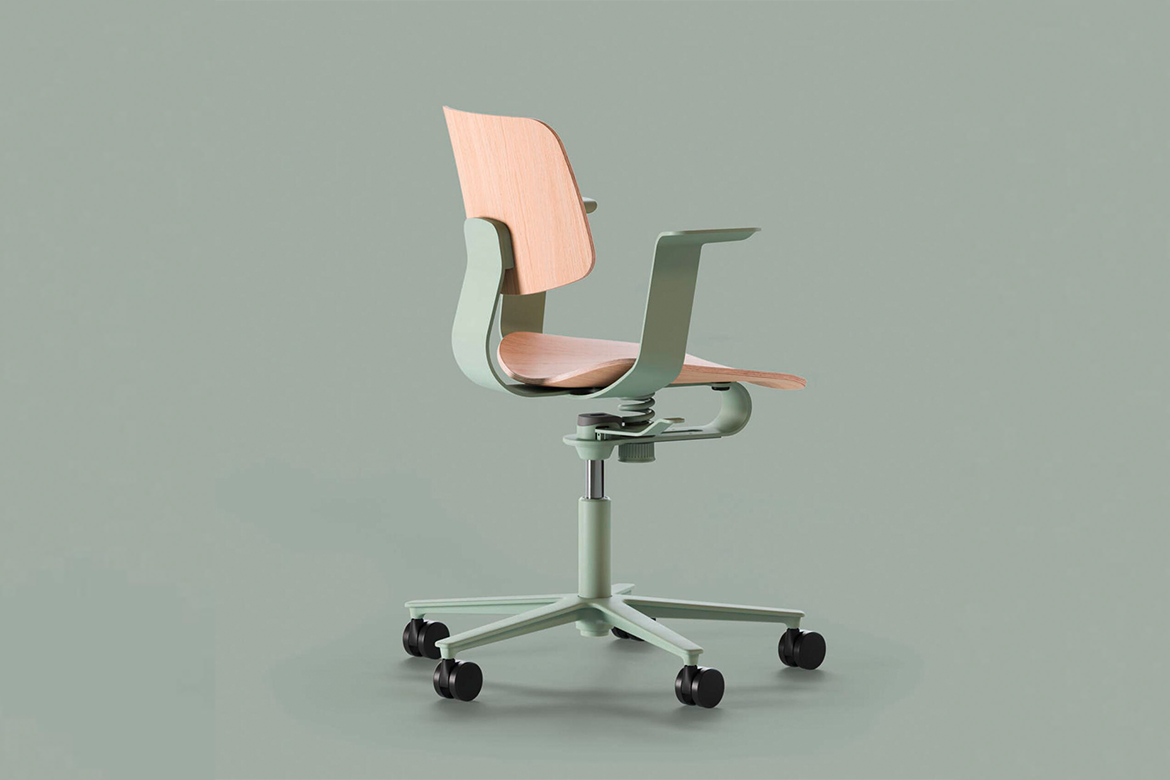
True sustainability doesn’t have to be complicated. As Wilkhahn demonstrate with their newest commercial furniture range.

Designed by Woods Bagot, the new fit-out of a major resources company transforms 40,000-square-metres across 19 levels into interconnected villages that celebrate Western Australia’s diverse terrain.
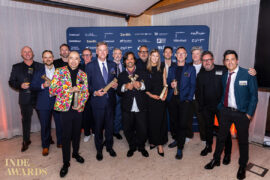
With the opening of the 2026 INDE.Awards program, now is the time to assess your projects, ensure photography is at hand and begin your submissions.
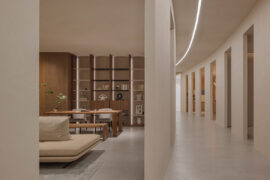
The Simple Living Passage marks the final project in the Simple World series by Jenchieh Hung + Kulthida Songkittipakdee of HAS design and research, transforming a retail walkway in Hefei into a reflective public space shaped by timber and movement.